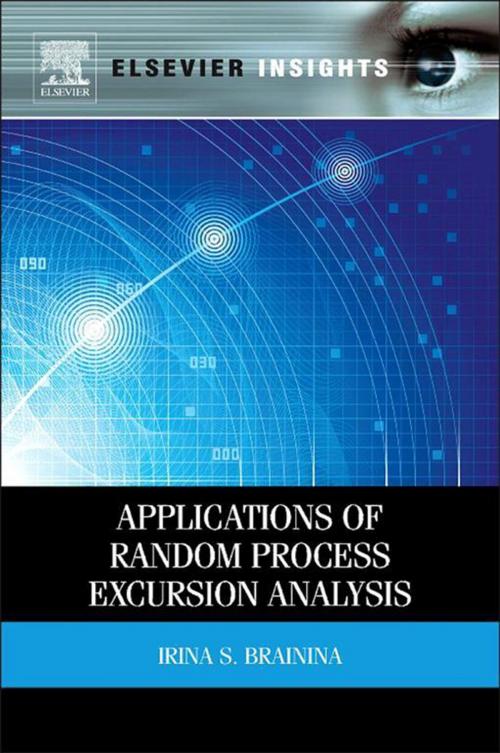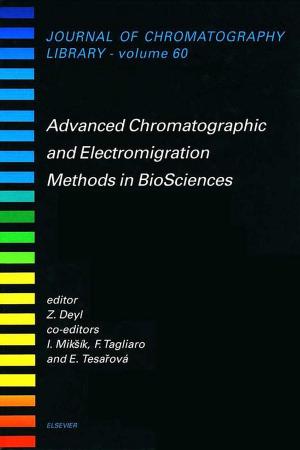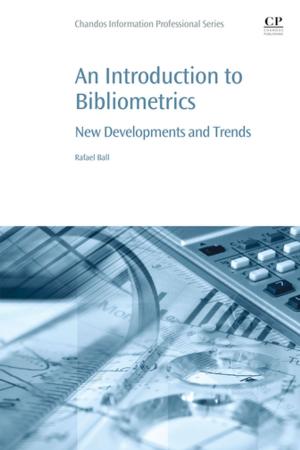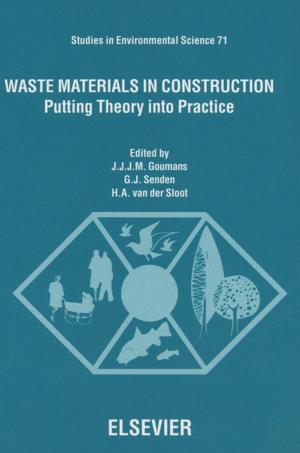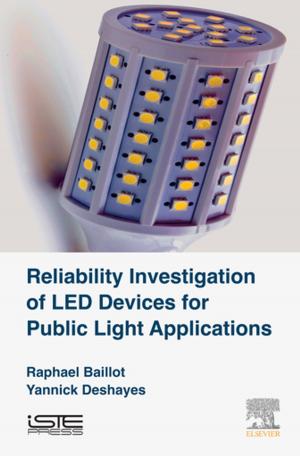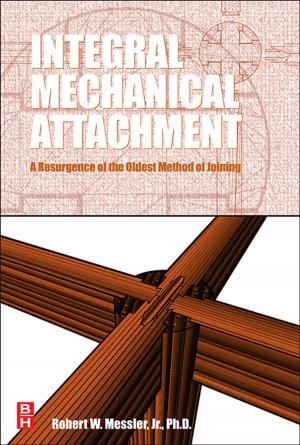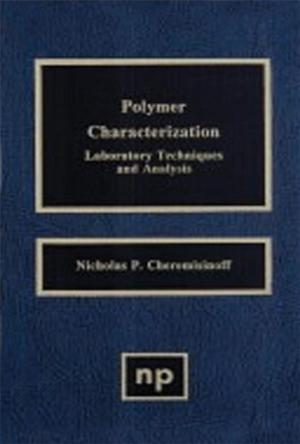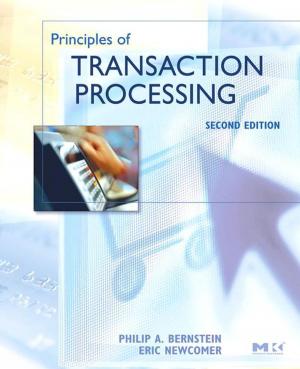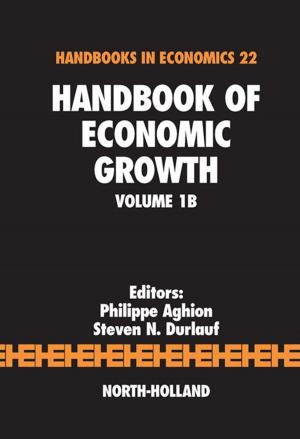Applications of Random Process Excursion Analysis
Nonfiction, Science & Nature, Mathematics, Applied, Technology, Engineering| Author: | Irina S. Brainina | ISBN: | 9780124104693 |
| Publisher: | Elsevier Science | Publication: | July 11, 2013 |
| Imprint: | Elsevier | Language: | English |
| Author: | Irina S. Brainina |
| ISBN: | 9780124104693 |
| Publisher: | Elsevier Science |
| Publication: | July 11, 2013 |
| Imprint: | Elsevier |
| Language: | English |
This book addresses one of the key problems in signal processing, the problem of identifying statistical properties of excursions in a random process in order to simplify the theoretical analysis and make it suitable for engineering applications. Precise and approximate formulas are explained, which are relatively simple and can be used for engineering applications such as the design of devices which can overcome the high initial uncertainty of the self-training period.The information presented in the monograph can be used to implement adaptive signal processing devices capable of detecting or recognizing the wanted signals (with a priori unknown statistical properties) against the background noise. The applications presented can be used in a wide range of fields including medicine, radiolocation, telecommunications, surface quality control (flaw detection), image recognition, thermal noise analysis for the design of semiconductors, and calculation of excessive load in mechanics.
- Introduces English-speaking students and researchers in to the results obtained in the former Soviet/ Russian academic institutions within last few decades.
- Supplies a range of applications suitable for all levels from undergraduate to professional
- Contains computer simulations
This book addresses one of the key problems in signal processing, the problem of identifying statistical properties of excursions in a random process in order to simplify the theoretical analysis and make it suitable for engineering applications. Precise and approximate formulas are explained, which are relatively simple and can be used for engineering applications such as the design of devices which can overcome the high initial uncertainty of the self-training period.The information presented in the monograph can be used to implement adaptive signal processing devices capable of detecting or recognizing the wanted signals (with a priori unknown statistical properties) against the background noise. The applications presented can be used in a wide range of fields including medicine, radiolocation, telecommunications, surface quality control (flaw detection), image recognition, thermal noise analysis for the design of semiconductors, and calculation of excessive load in mechanics.
- Introduces English-speaking students and researchers in to the results obtained in the former Soviet/ Russian academic institutions within last few decades.
- Supplies a range of applications suitable for all levels from undergraduate to professional
- Contains computer simulations
